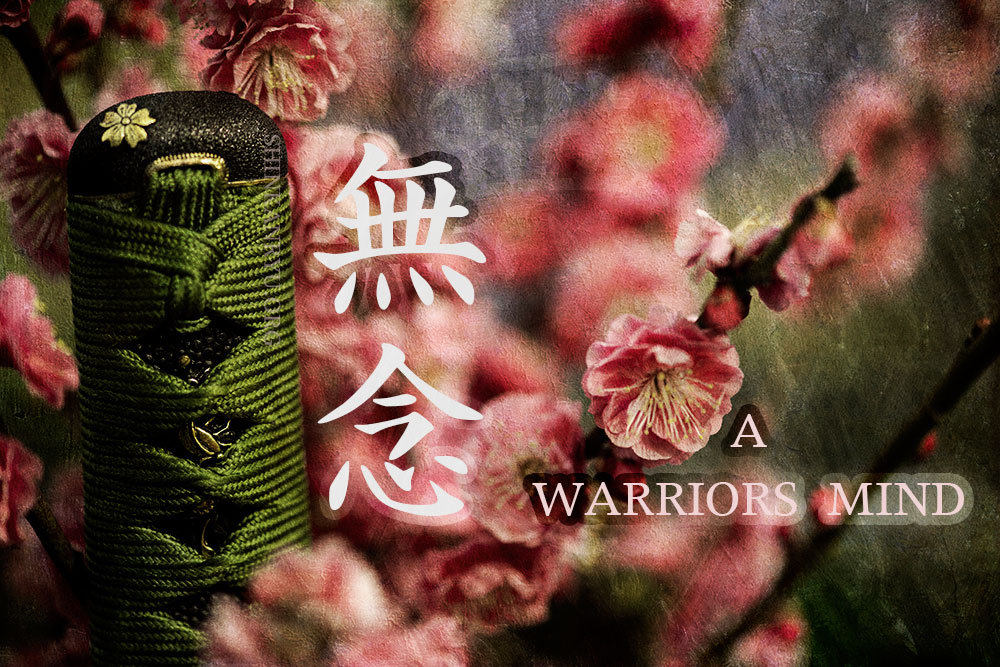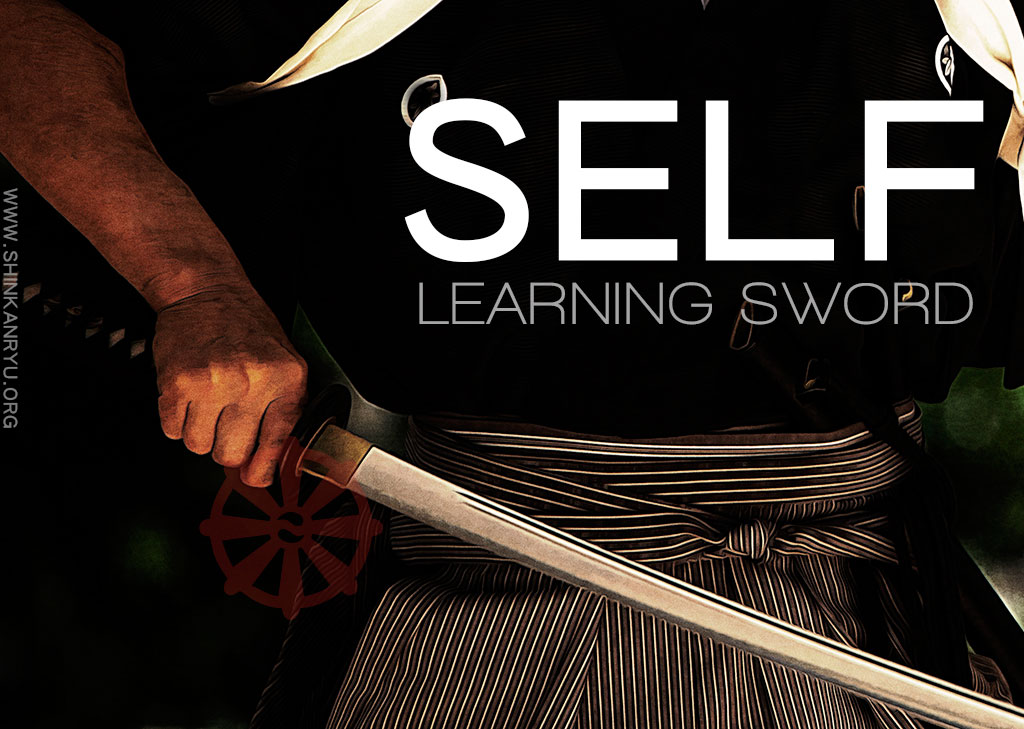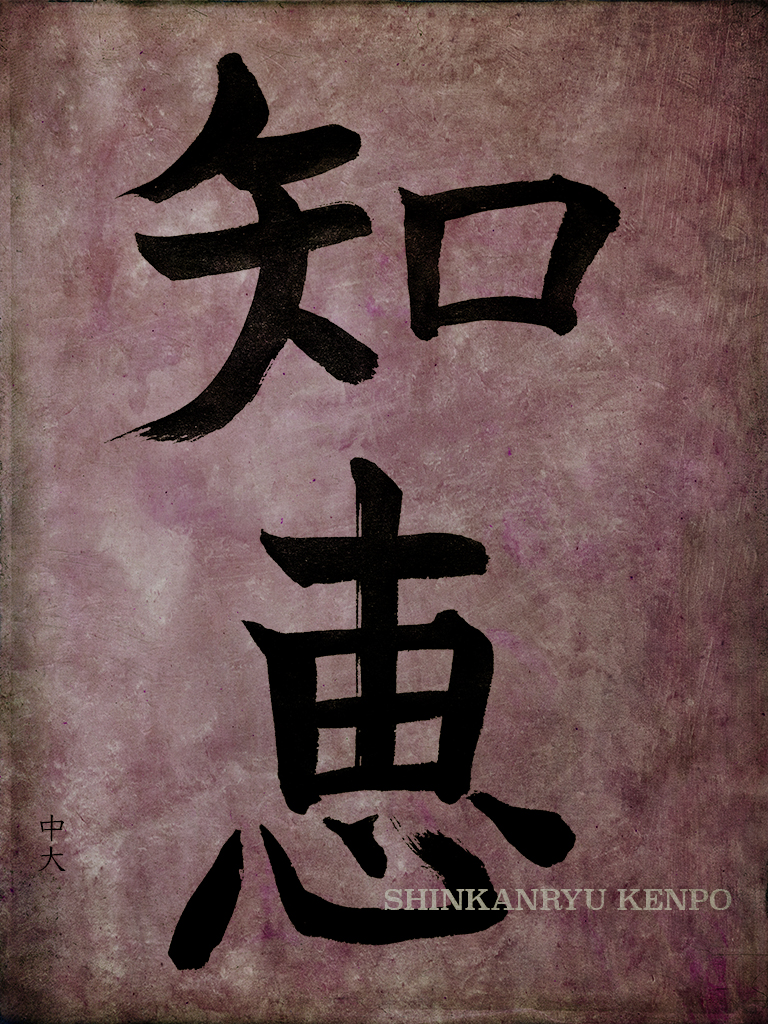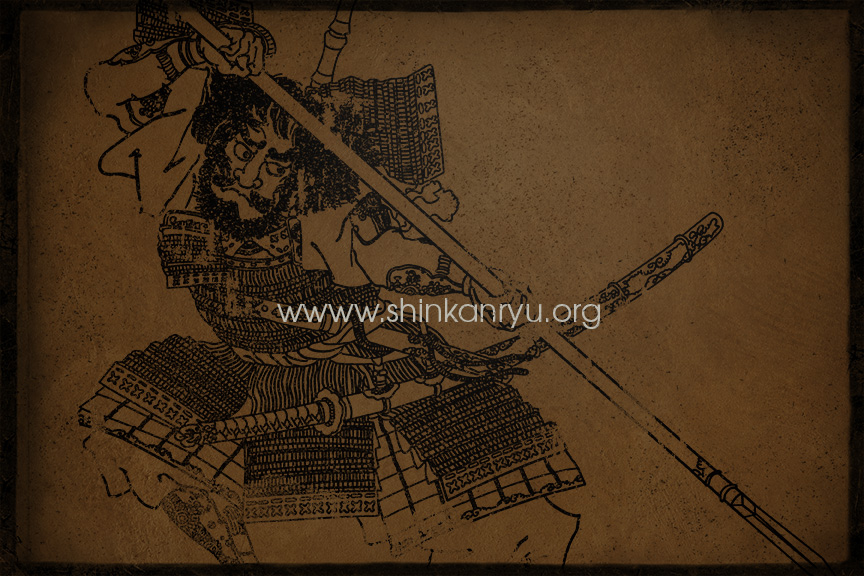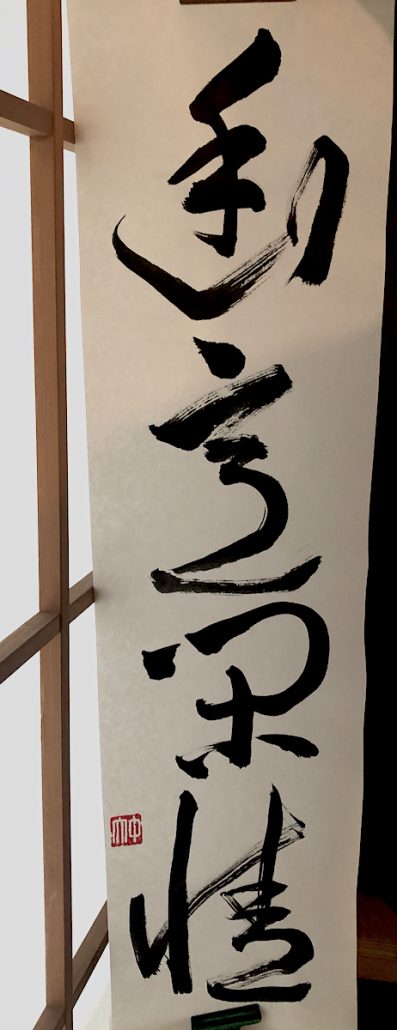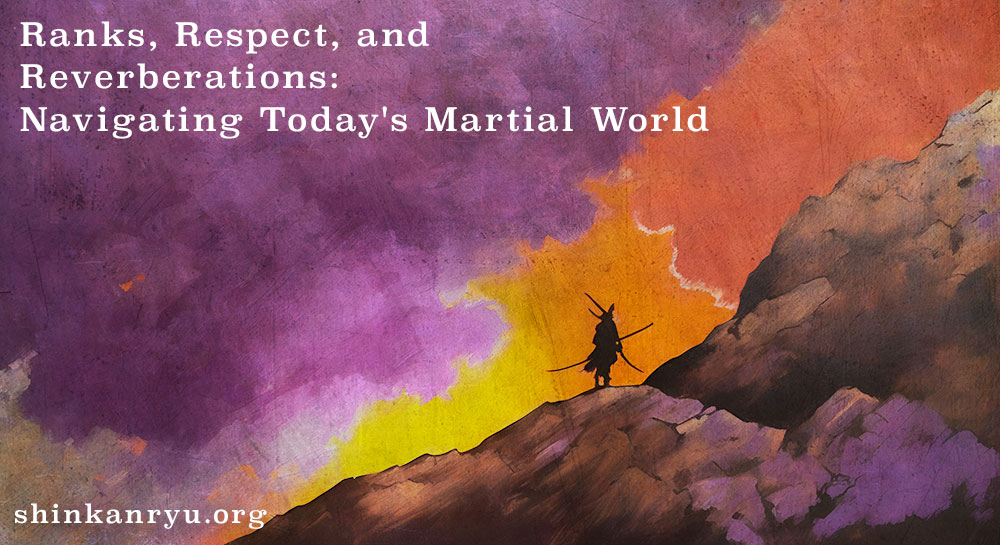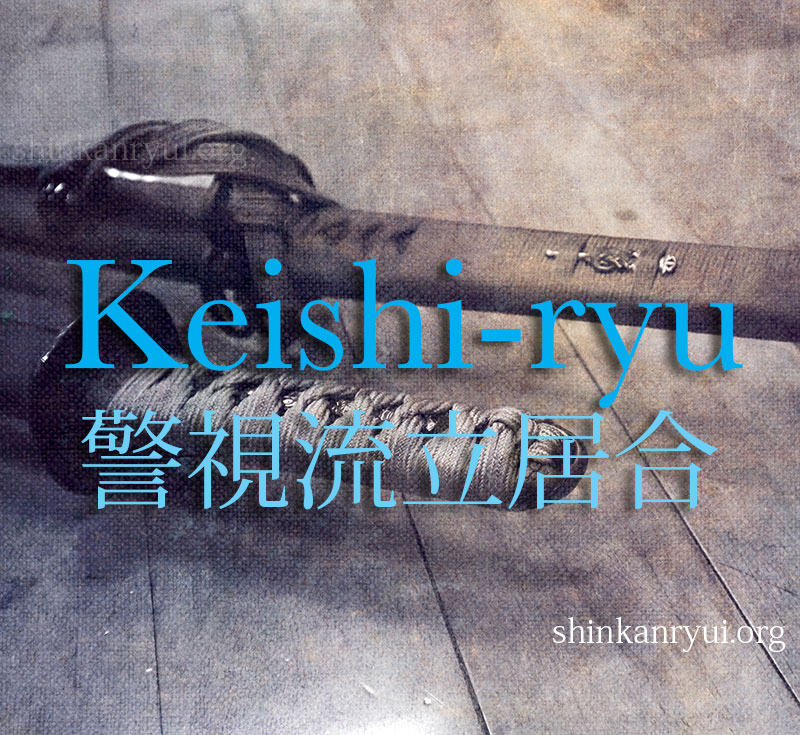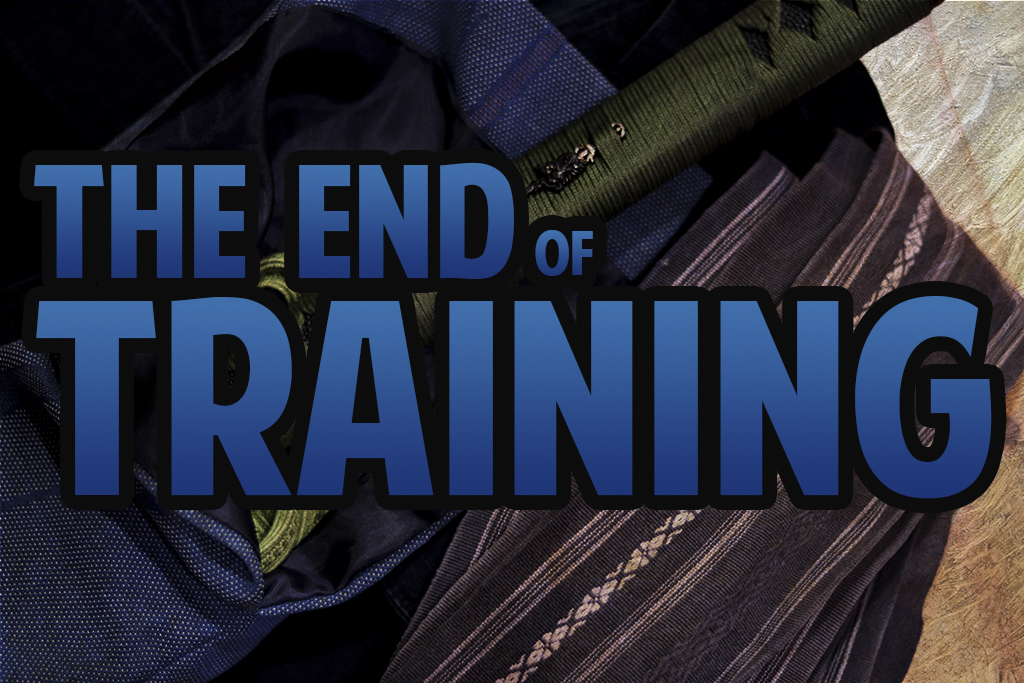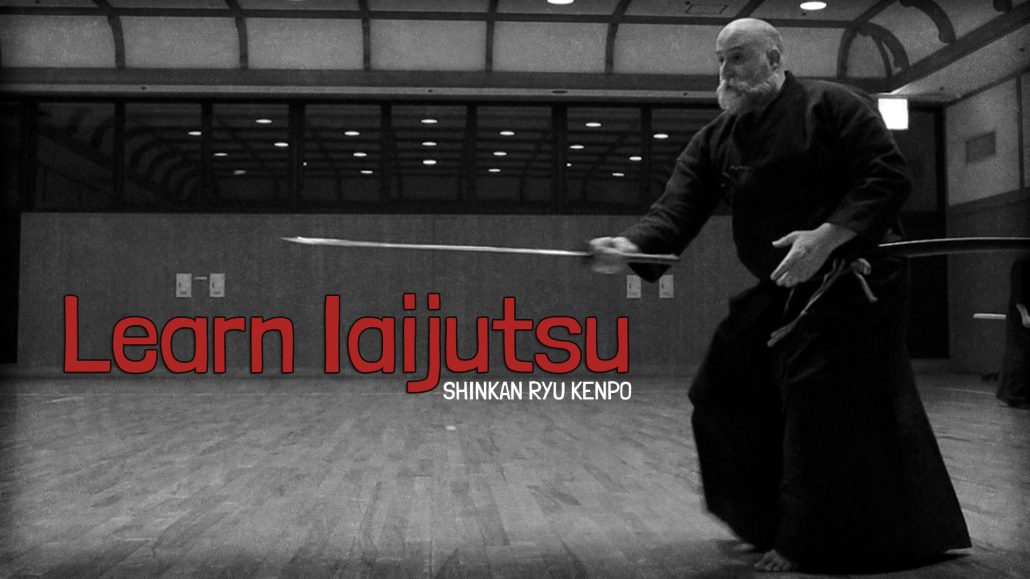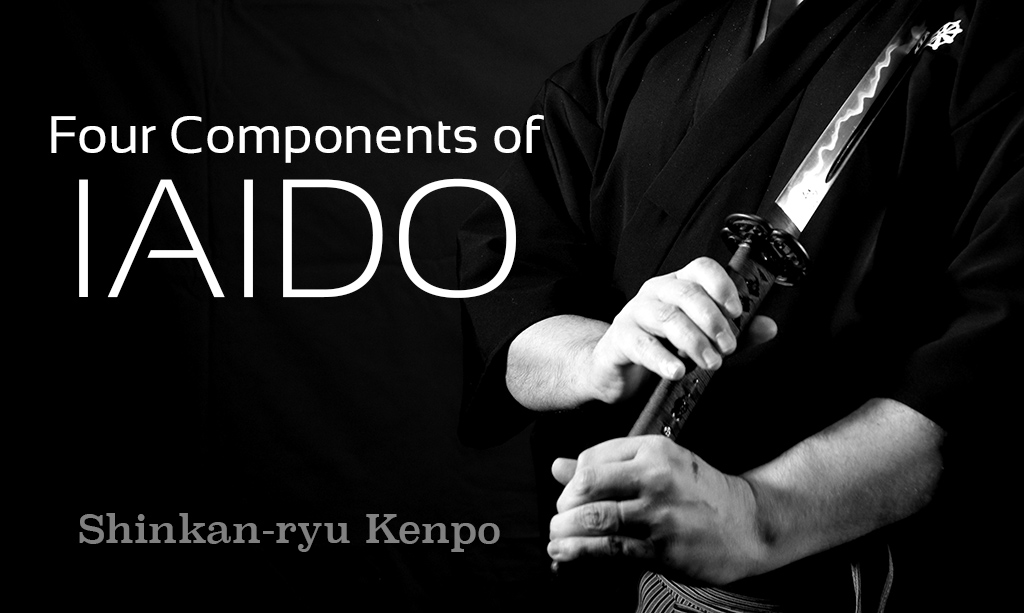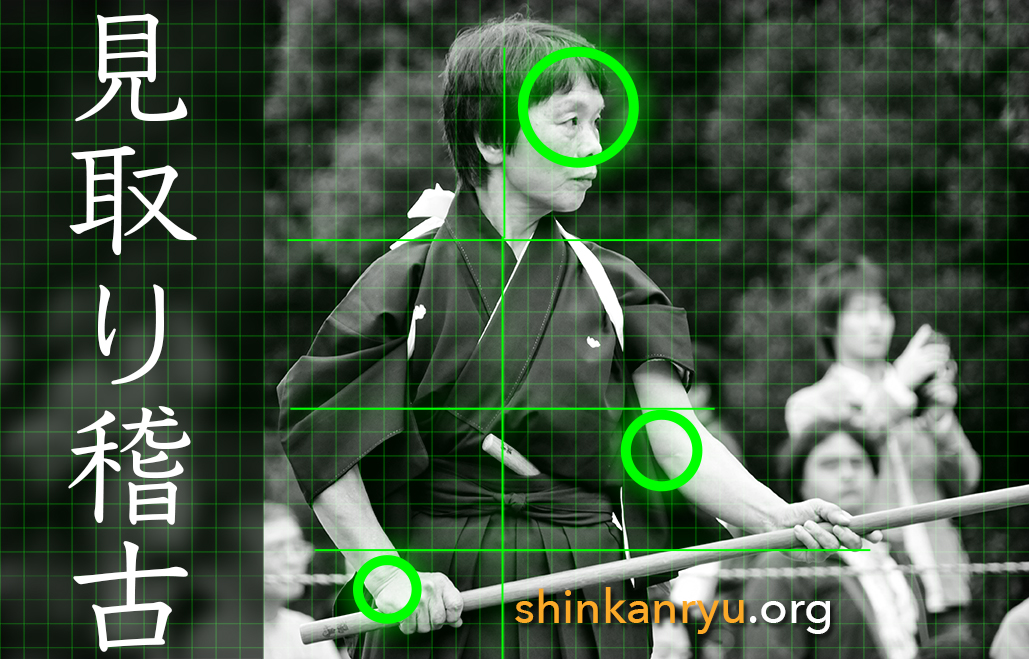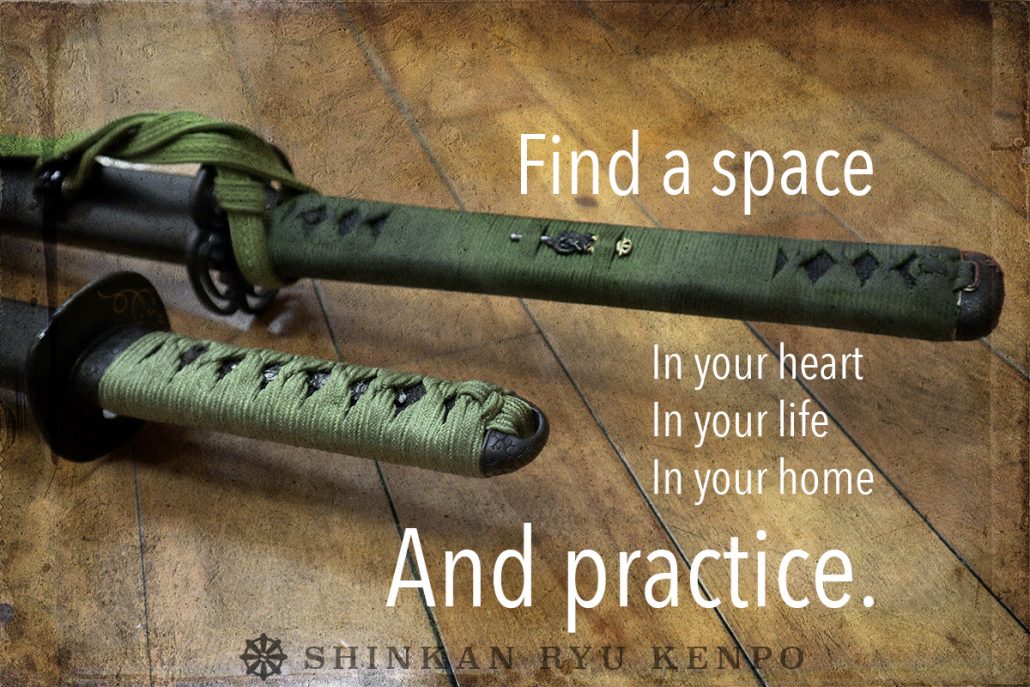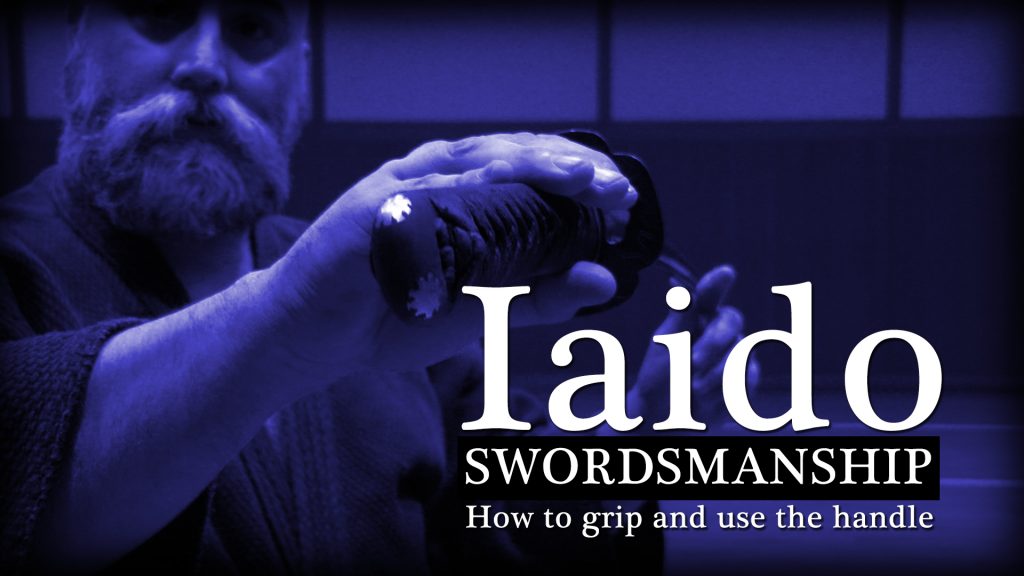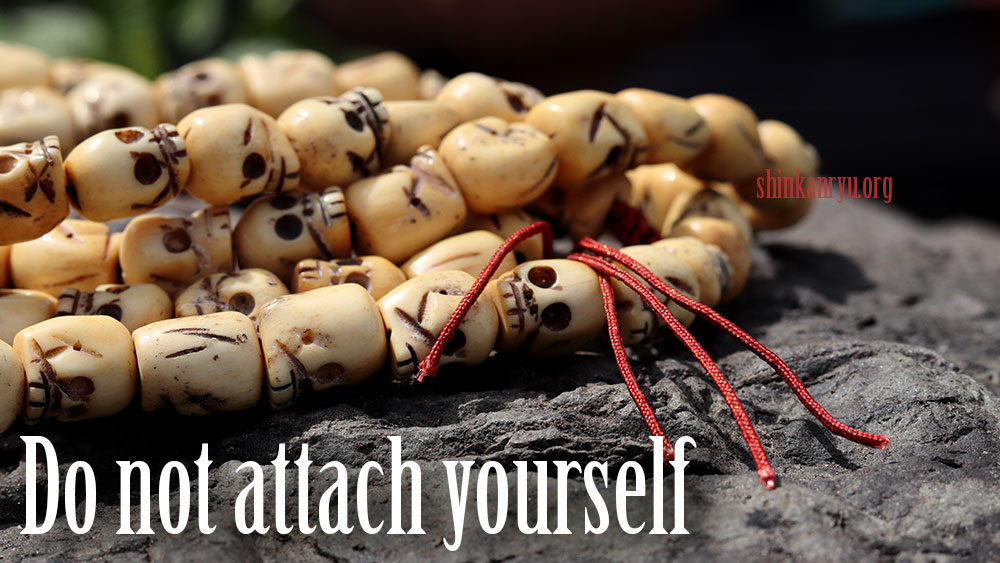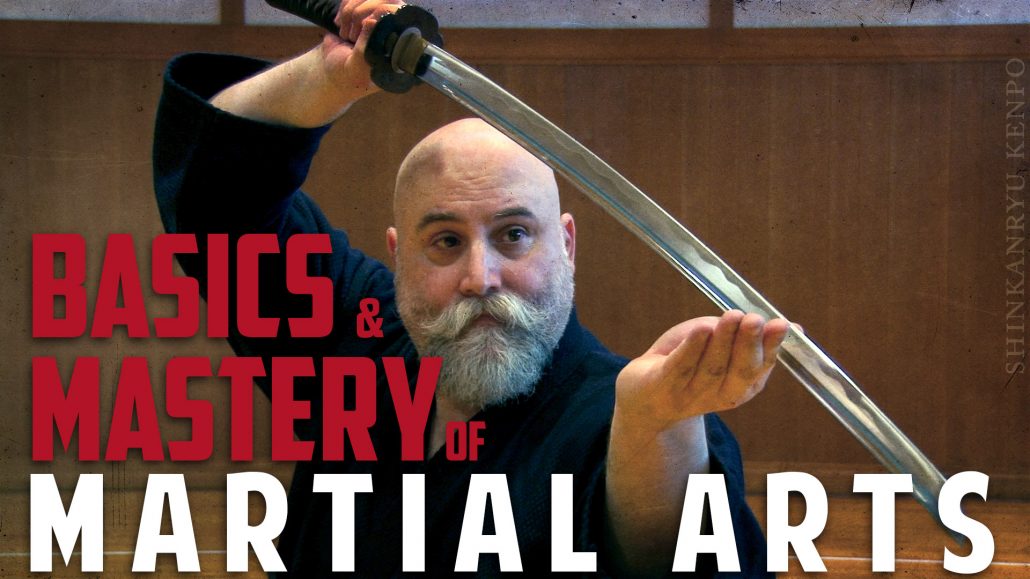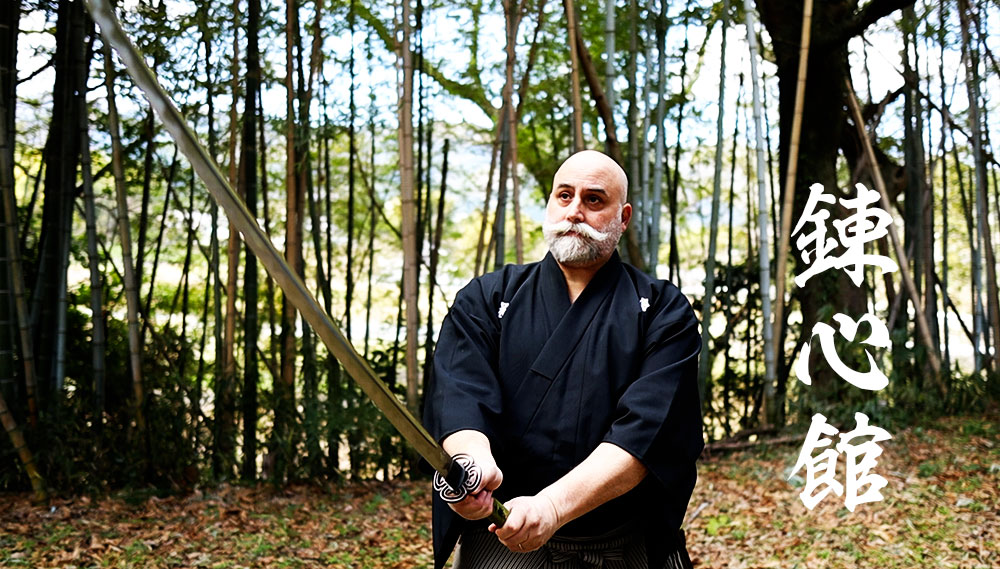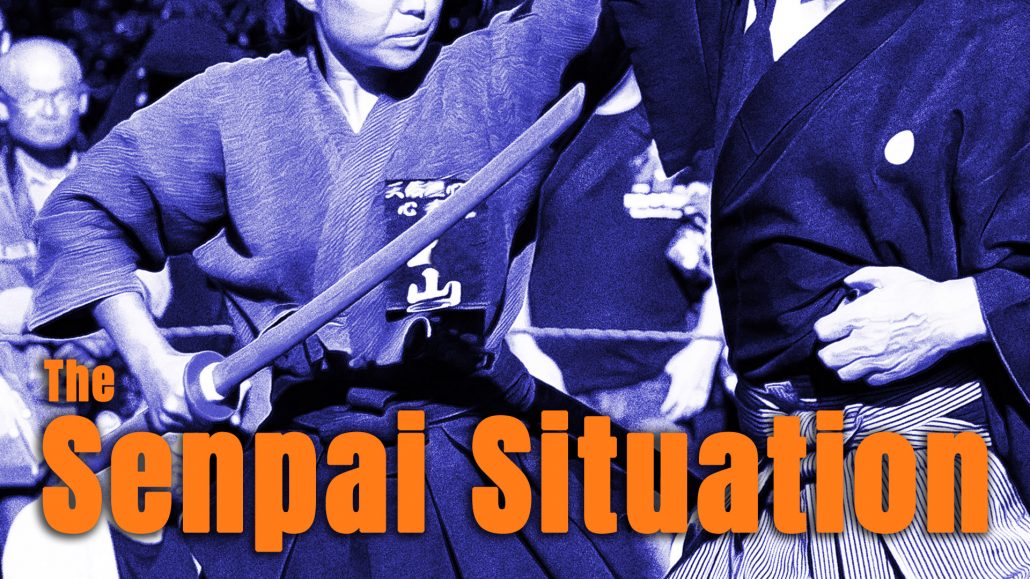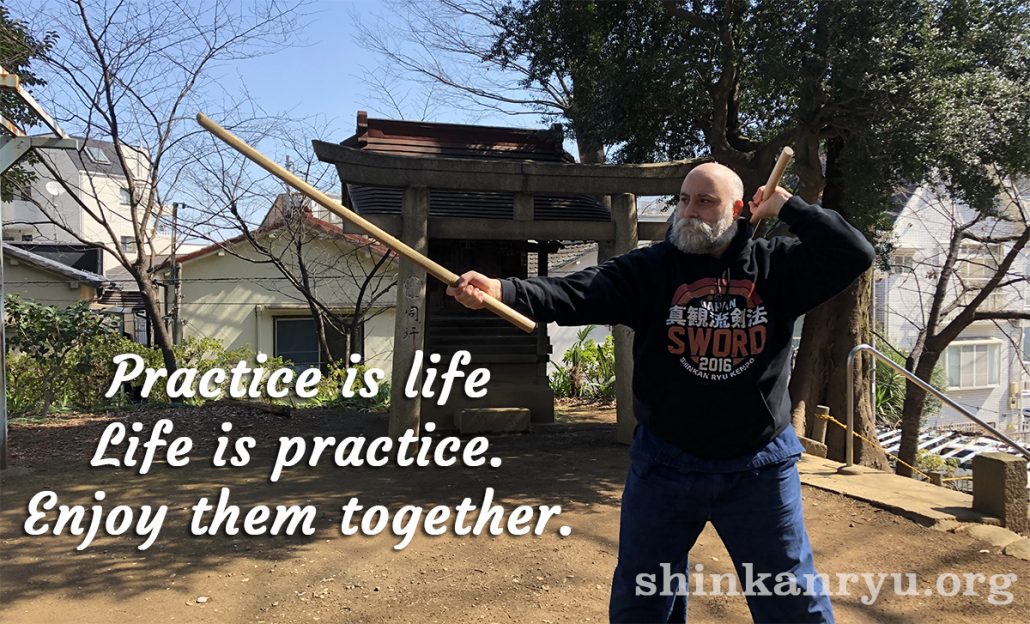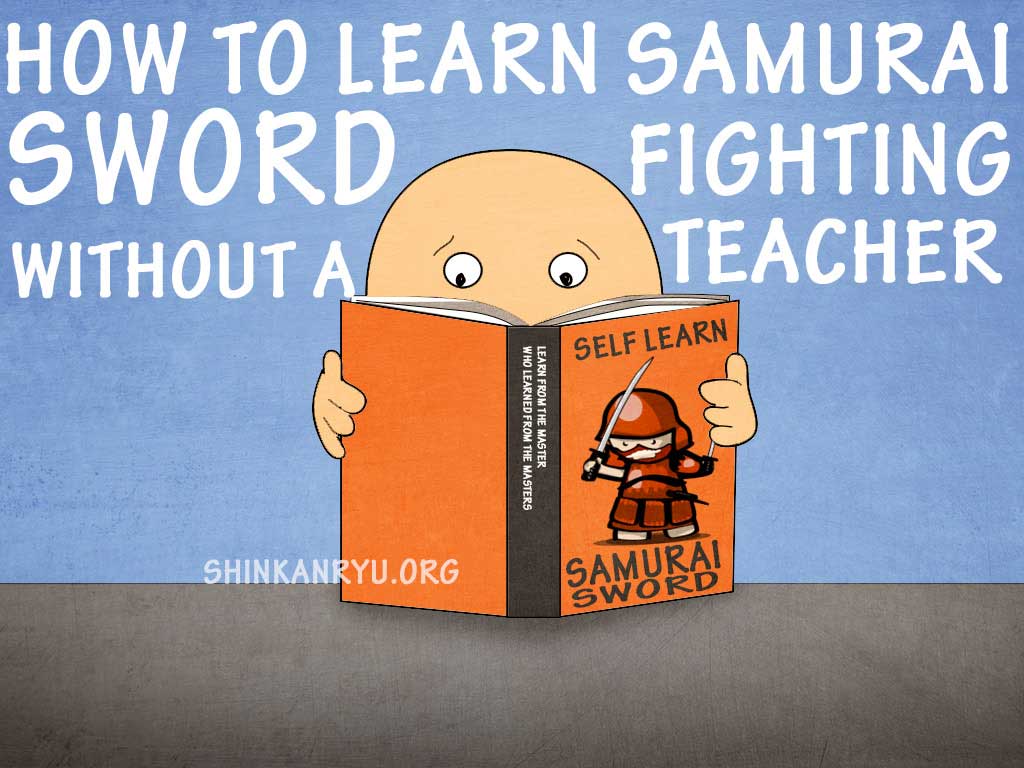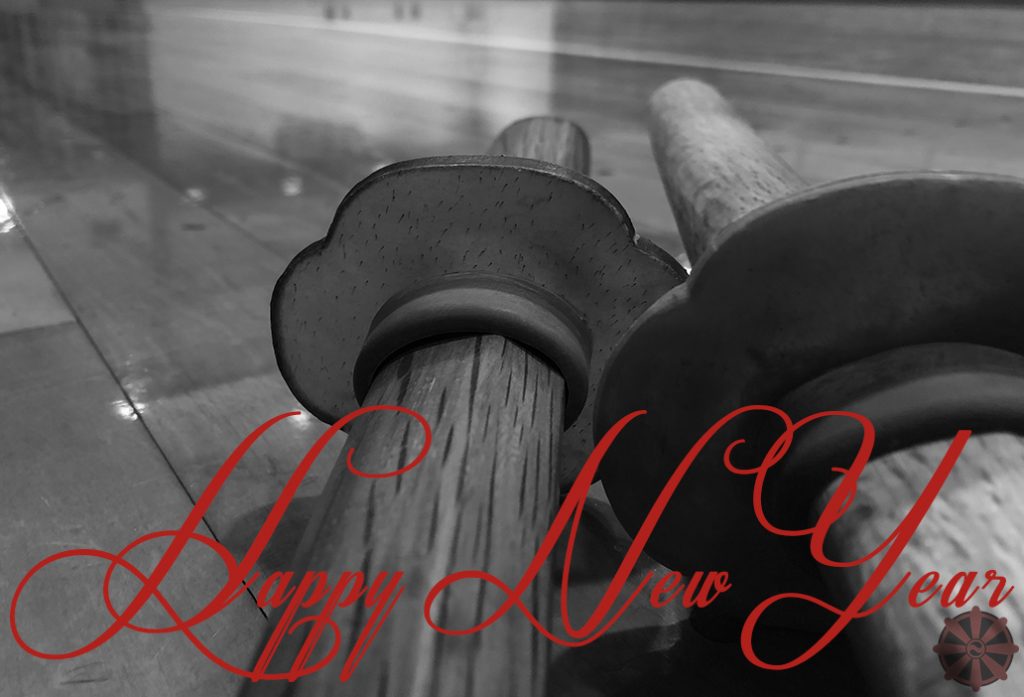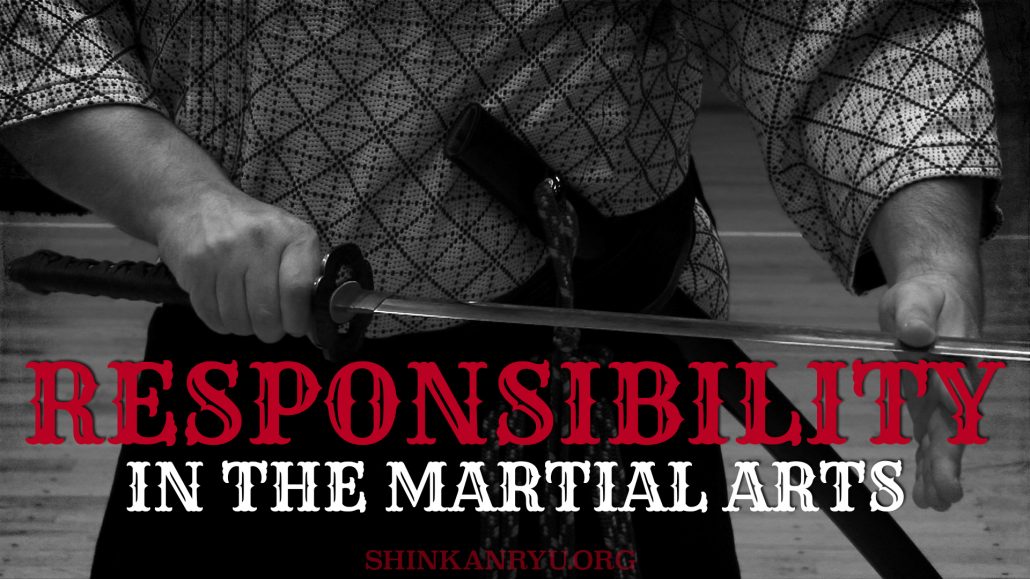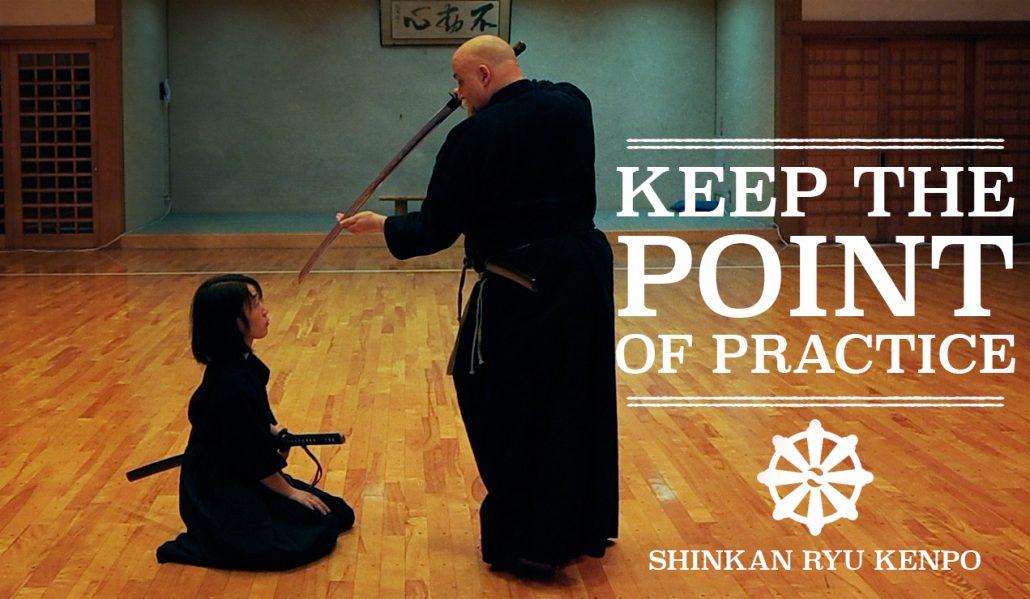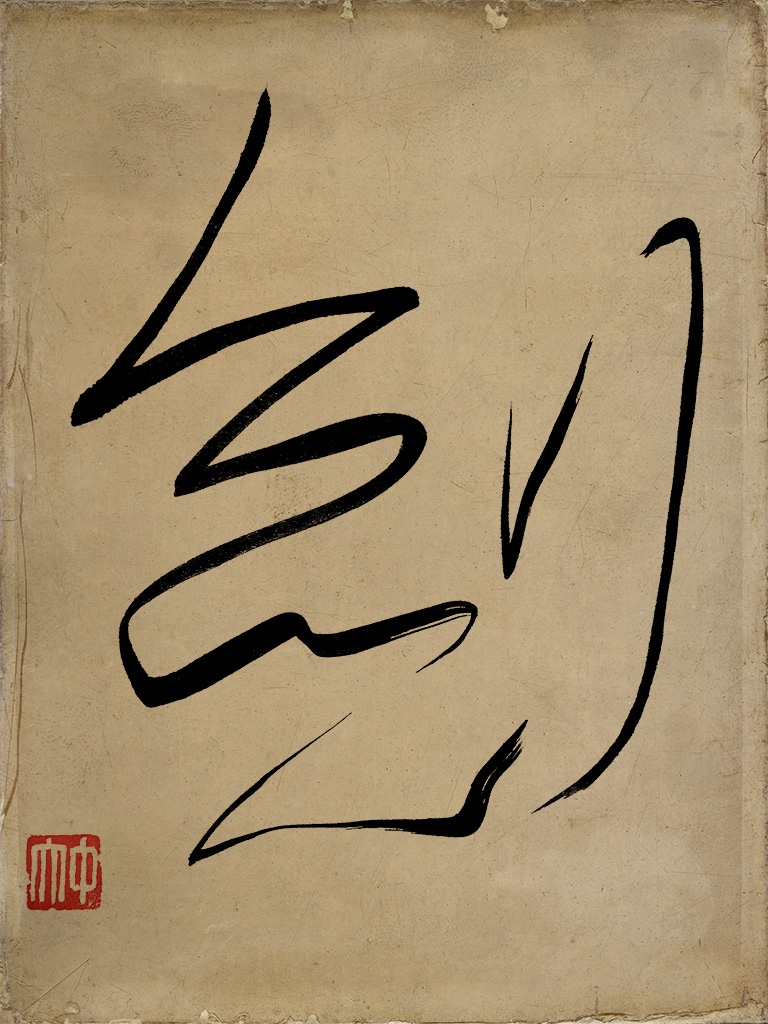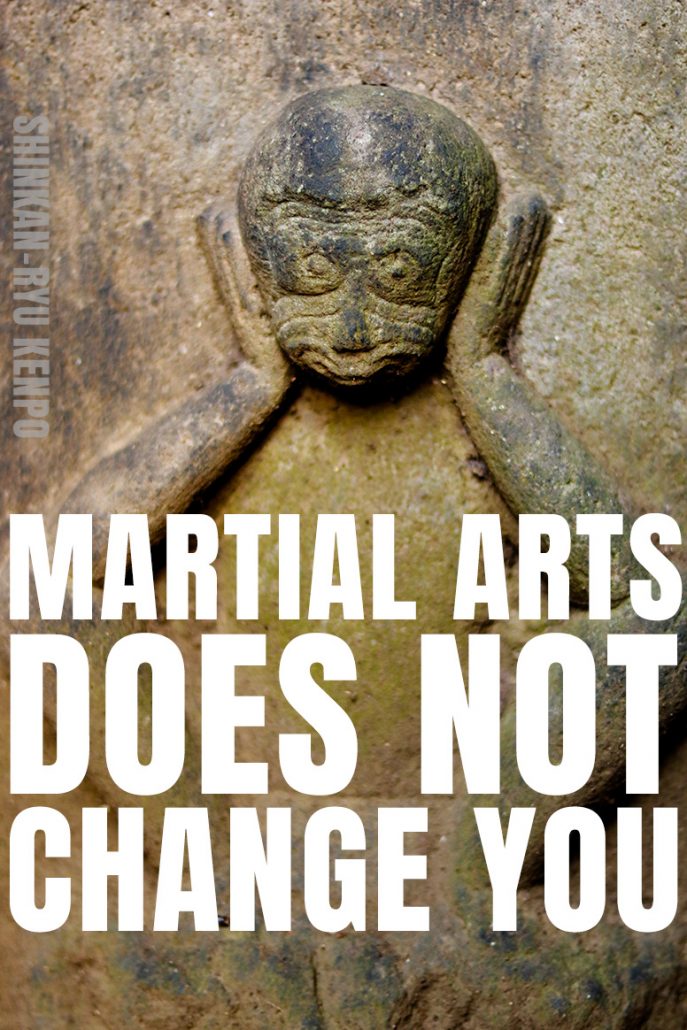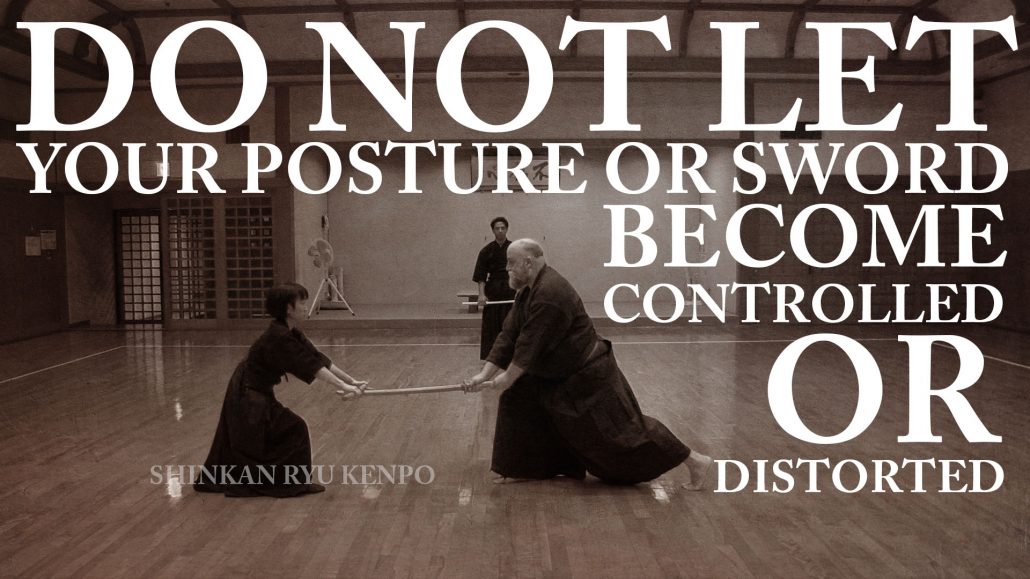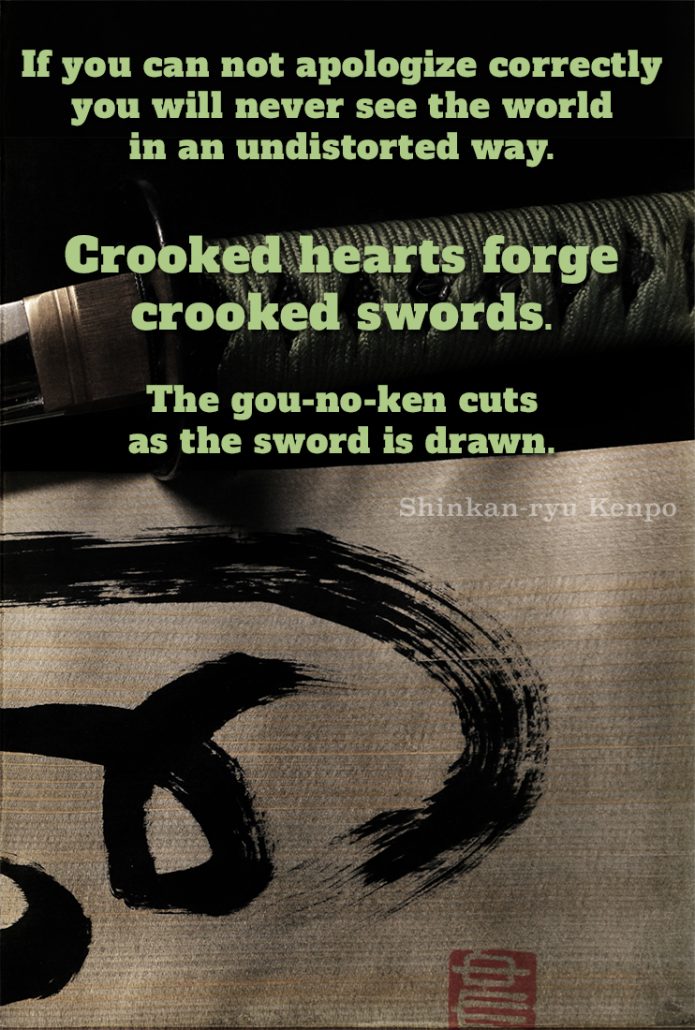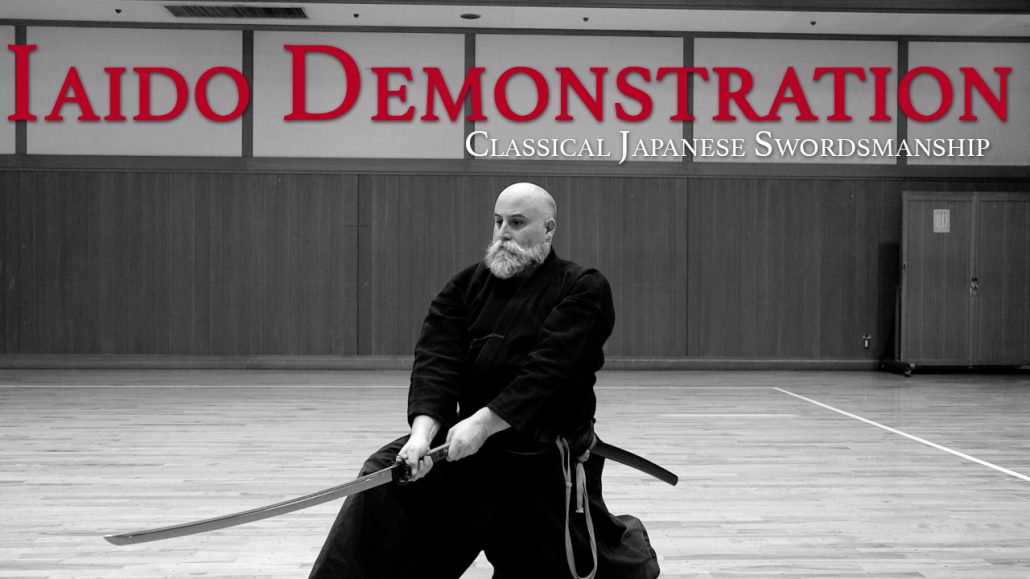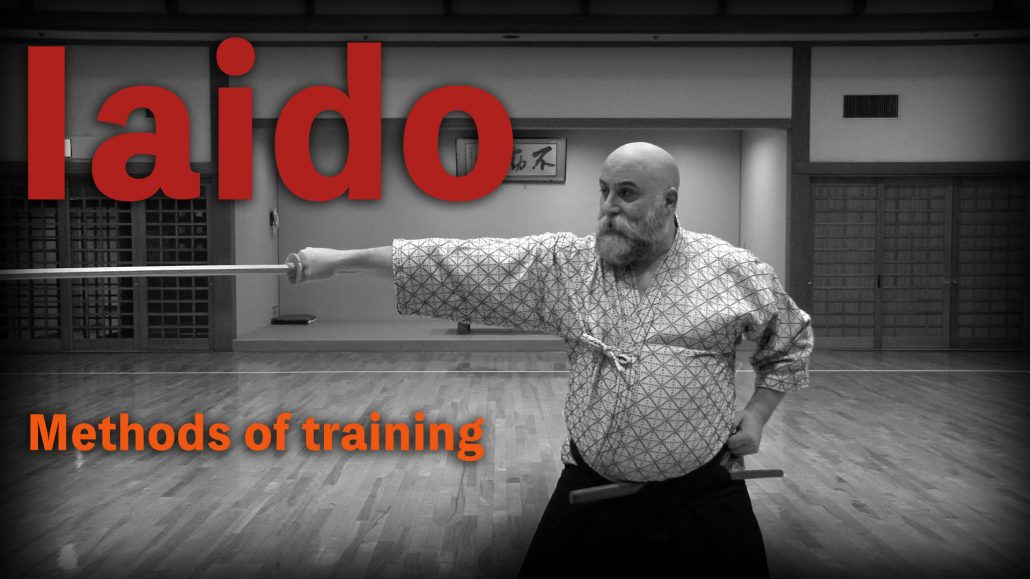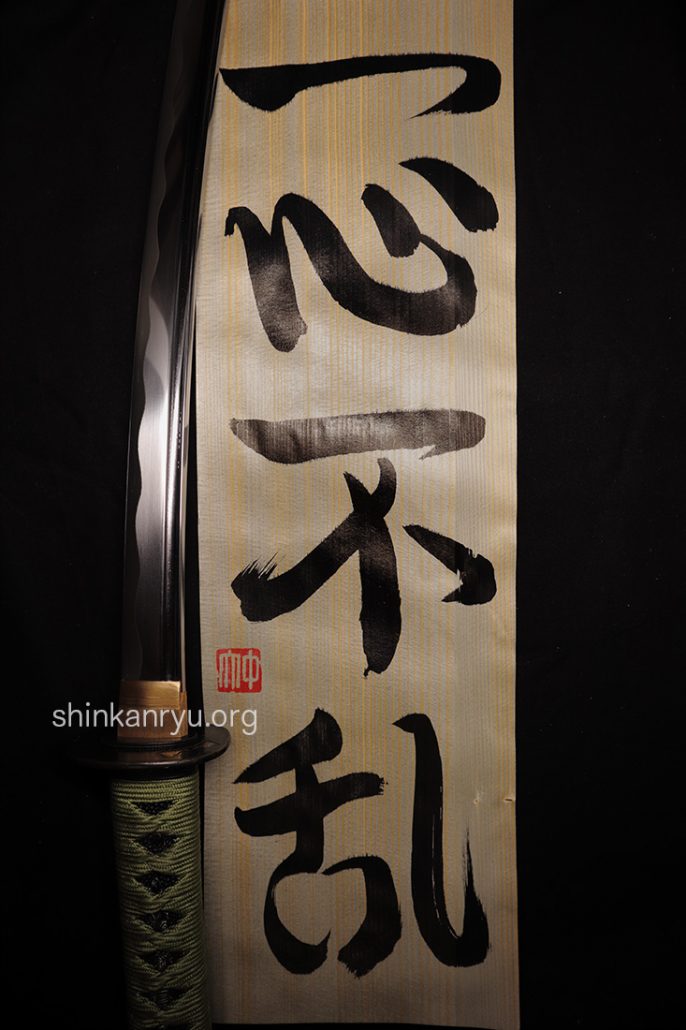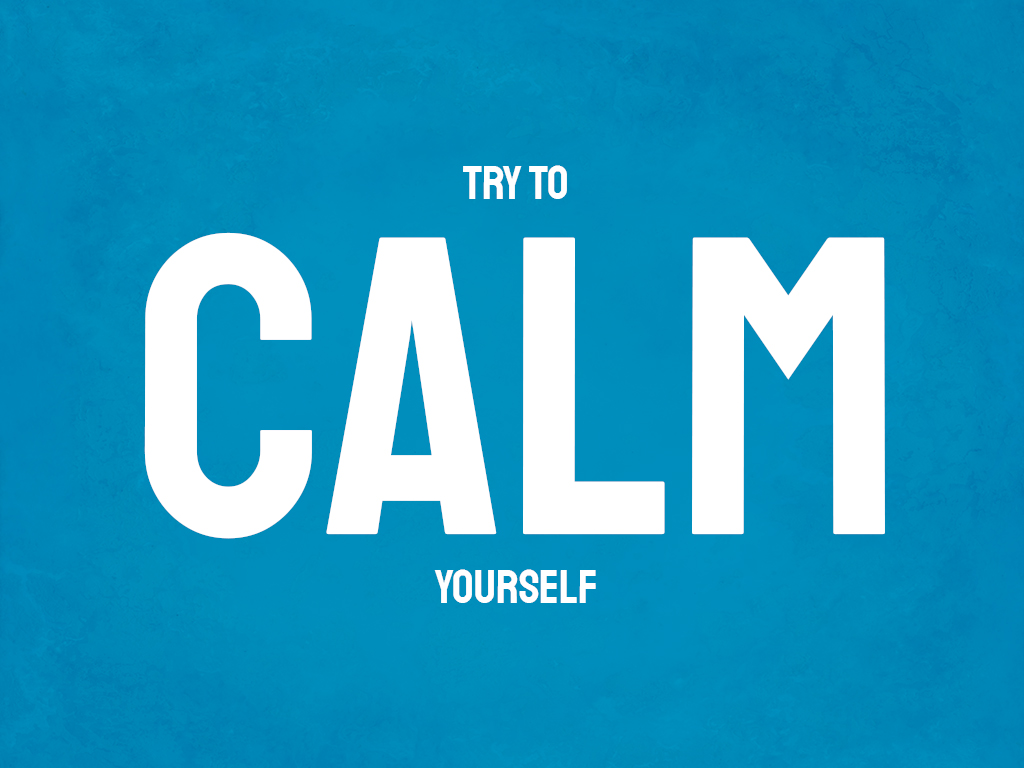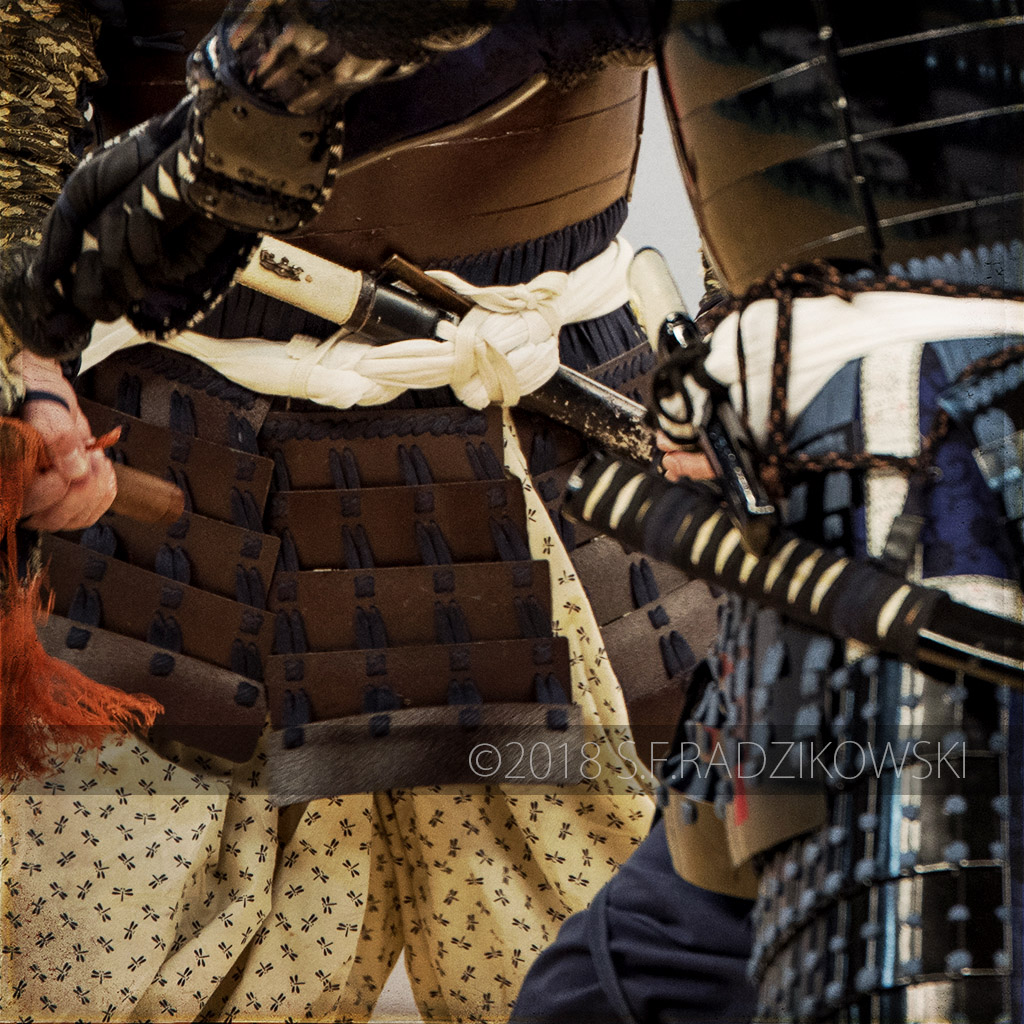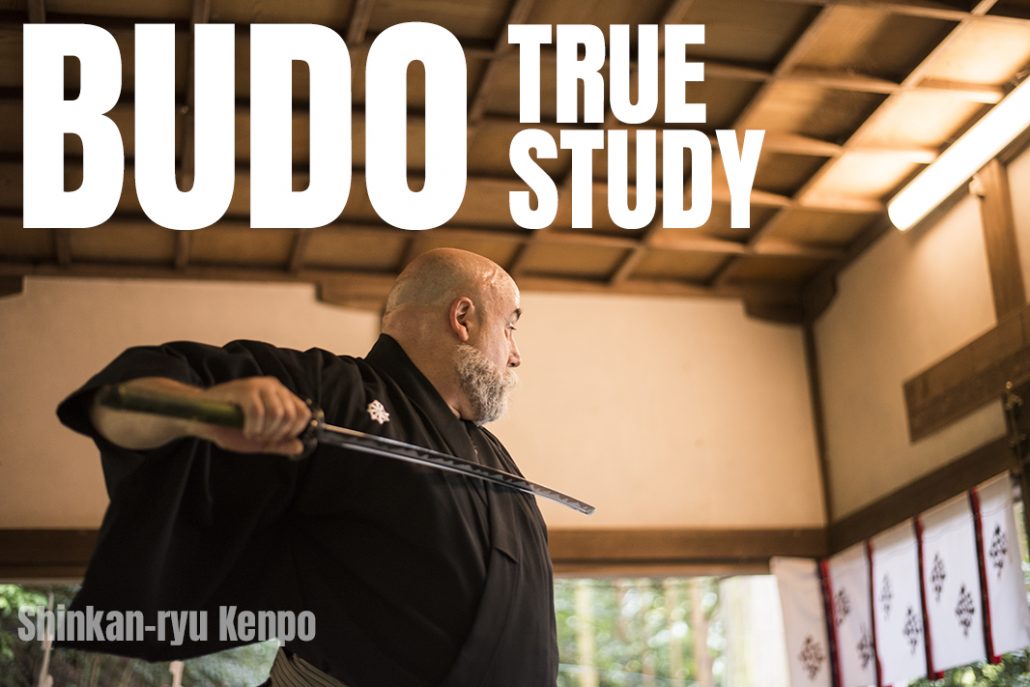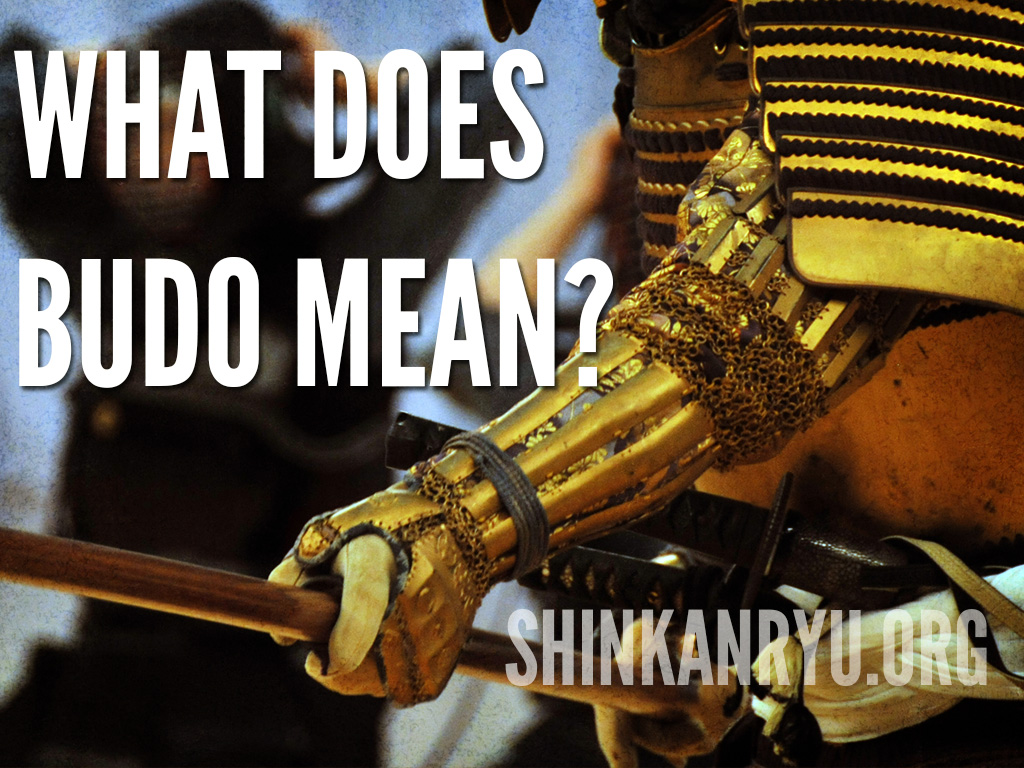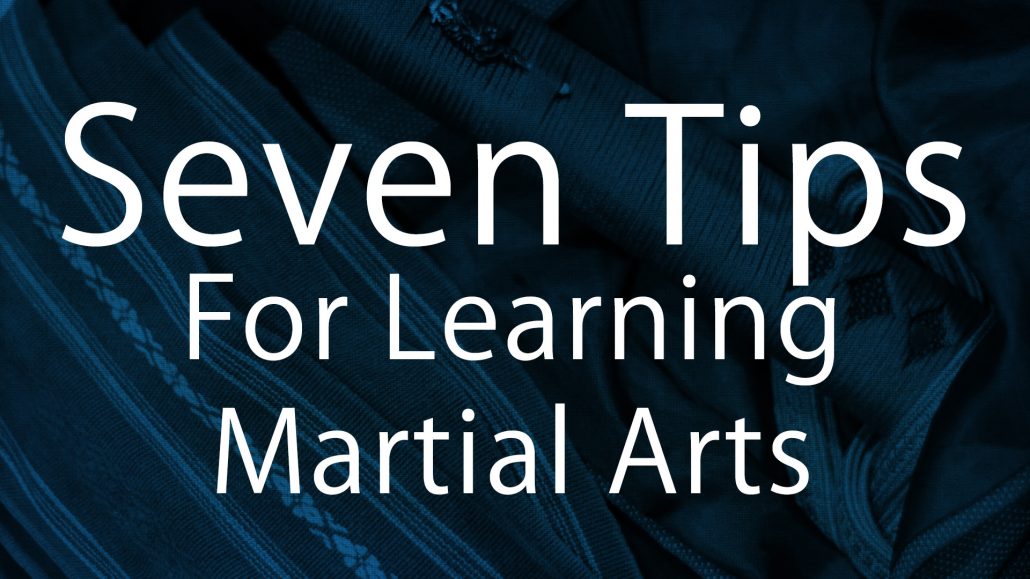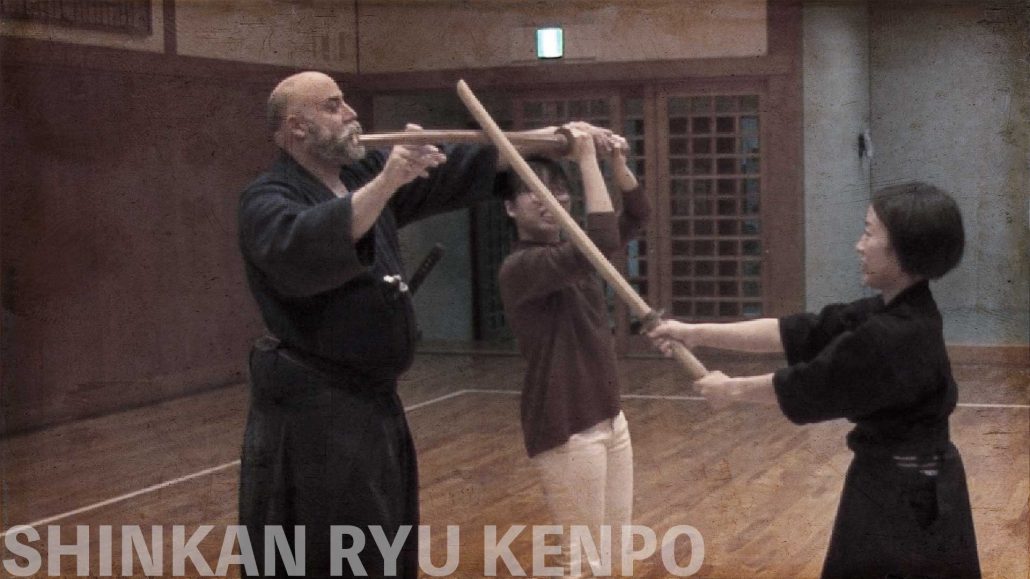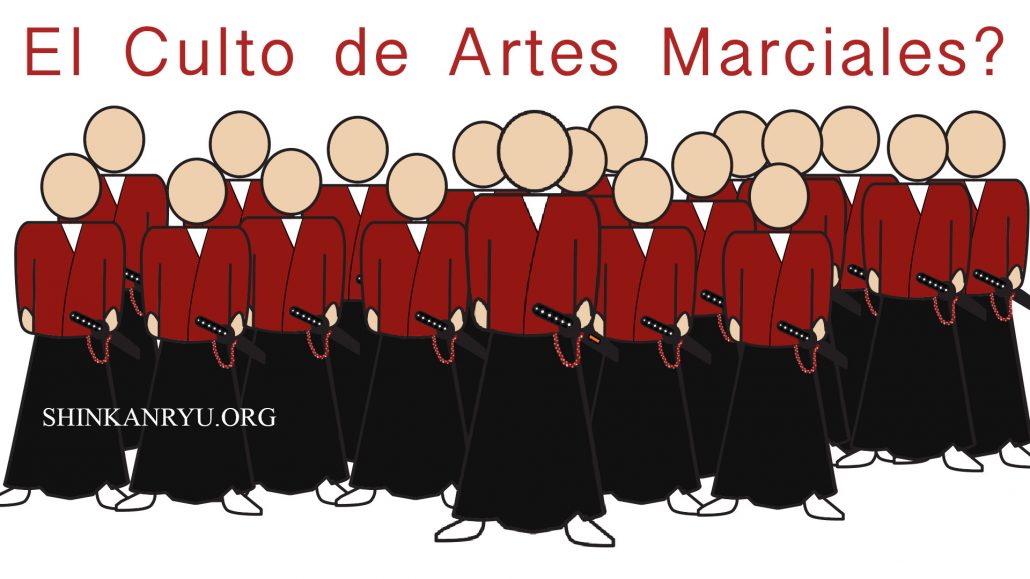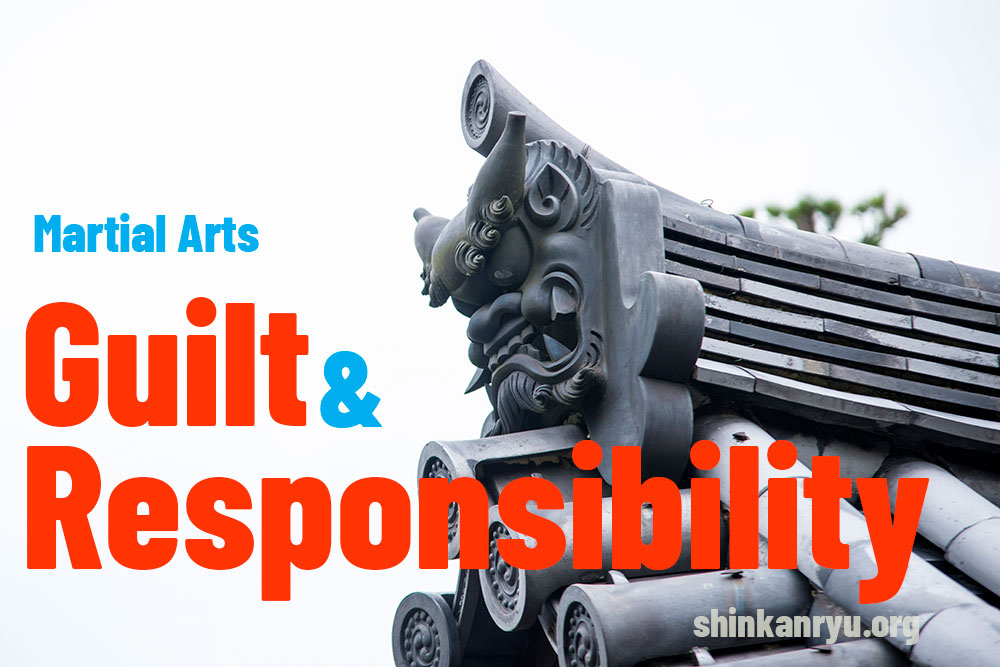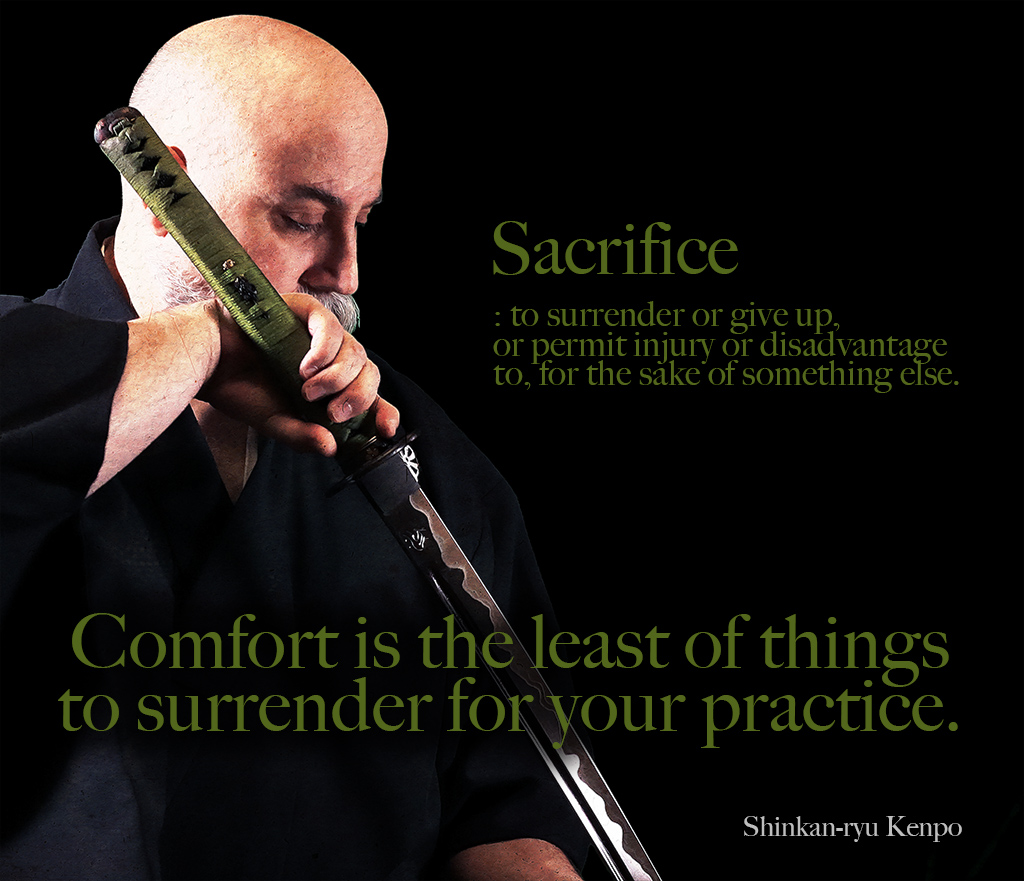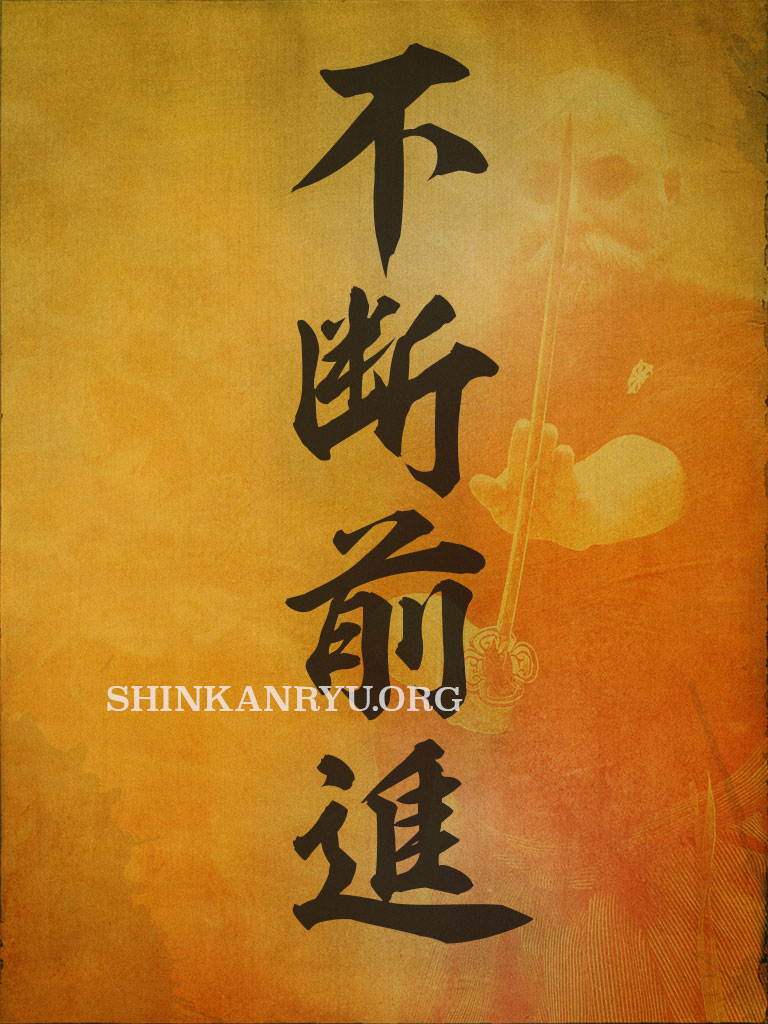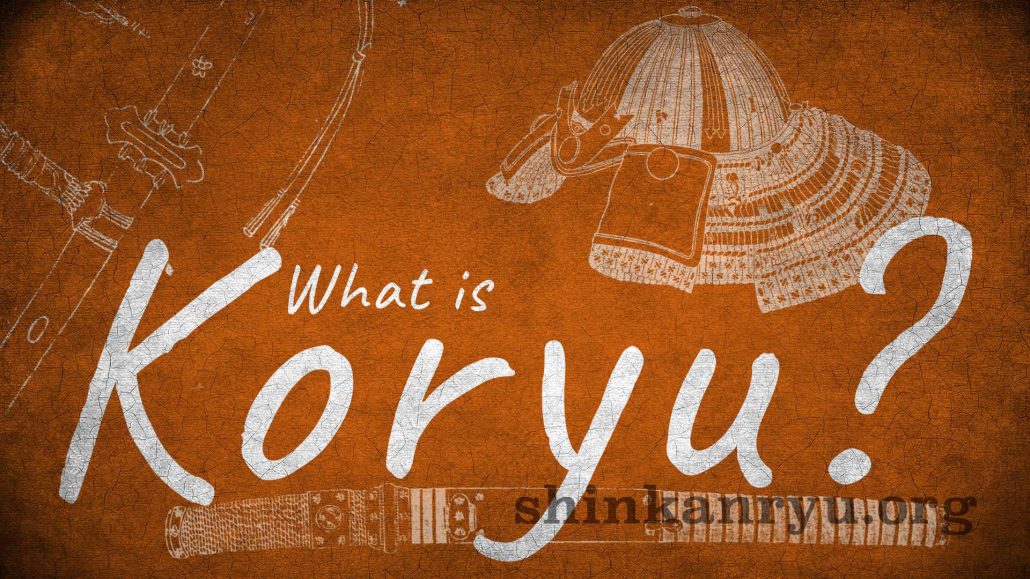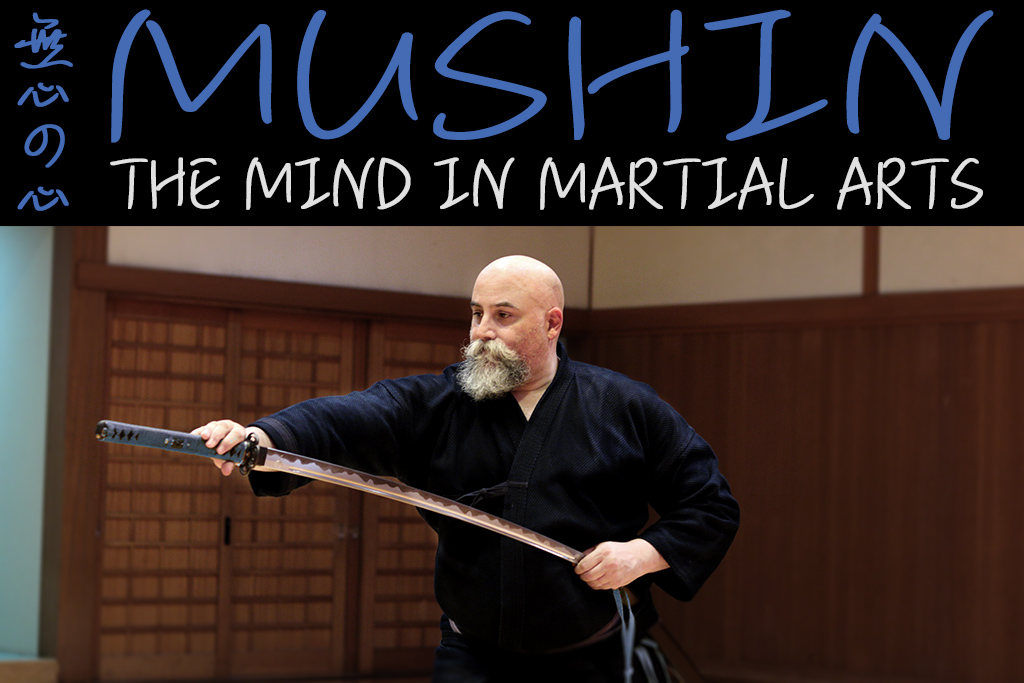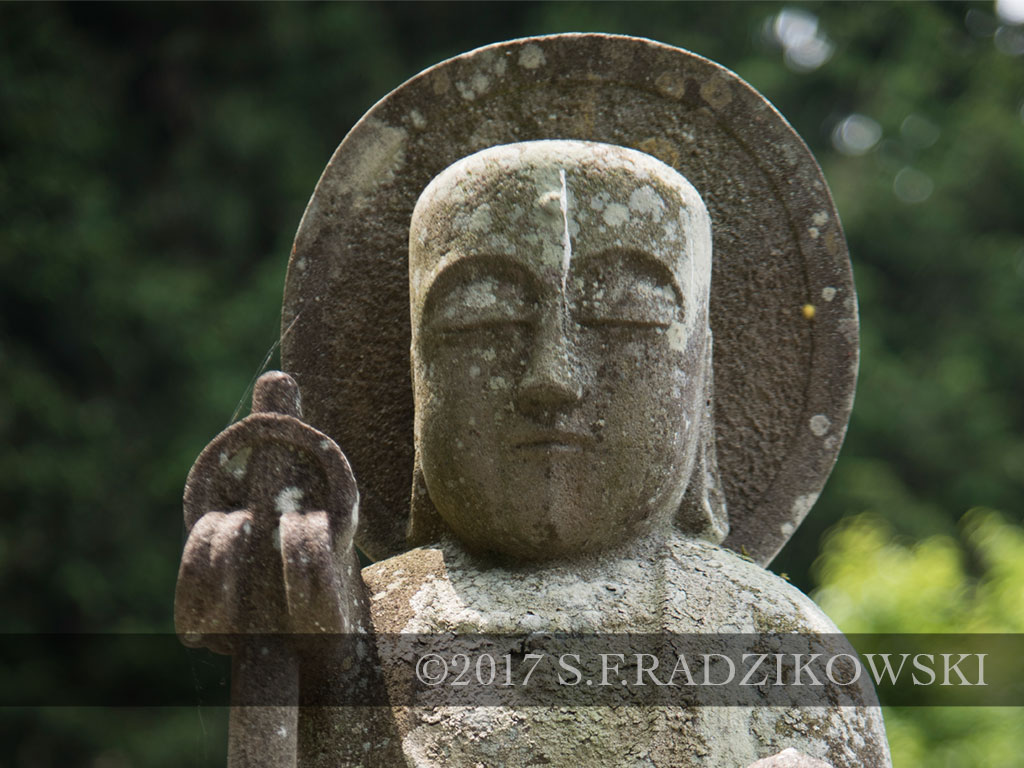What is the difference between munen and mushin? These concepts outline the ideal mental state for the bushi, or warrior of Japan. Attaining either munen or mushin is not overly complicated, yet it can be a difficult subject to discuss. Mushin is integral to the physical acts, tactics, and strategies of bugei. Munen muso is a larger concept for the development of the bugeisha.
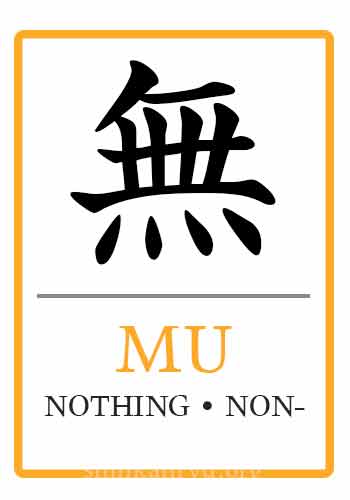
Allow me to offer my non-scholarly breakdown of these words. Mu 無 means nothing. I don't want to get into an Abbott and Costello routine here, but yes mu doesn't mean anything.
"What does mu mean?"
"Nothing!"
"It has to mean something, Abbott."
"It means nothing, Lou!"
Mu once had its meaning in the pictograph for destroying a forest. But its early writing also showed what was possibly a priest giving some sacred dancing and holy rites for a fallen person. Death representing the nothingness. The emptiness and space, rather than the absence of something is a metaphor for what the open and unobstructed mind of munen and mushin represent.
Munen Muso
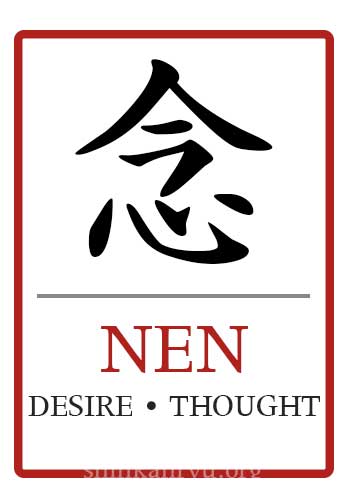
Nen 念 is a word meaning thought in the vein of a desire or a thirst for something. We can get a very Buddhist construct when we put mu and nen together. Munen deals with the idea of having no sensual desire or worldly thoughts. No desire to be nor a wish not to be. No desire to satiate our many thirsts of the eye, nose, mouth, skin, etc. Munen is an ultimate state of mind where one is not being pulled in the directions lead by our desires. Munen muso becomes a phrase meaning no desire and no thought. The mind is in a quite advanced enlightened stage with munen. This type of stage is something cultivated over longer periods of time. It is quite different from mushin. It might be helpful to consider munen as the larger aspect of 'no-thought'.
The phrase, no-mind or no-thought is attributed to the samurai warriors and Buddhist monks of Japan. Munen-muso is not exactly a battle friendly state of mind. A mind imbued with munen is unrestricted by the fetters of ignorance, anger, fear, belief in the self, desire for existence and non-existence, and sense desires, to name some.
TAKE IT TO HEART
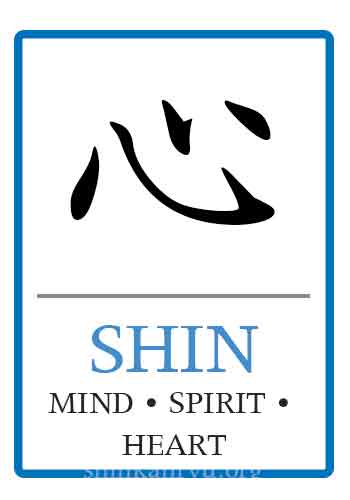
Shin 心 means mind or spirit. Our mental faculties are represented by shin. Through meditation and contemplation, we can cultivate certain states of mind that lead to mushin no shin. The state of no-mind is the mind free from calculating and clinging. This is the functioning state of mind that leads to munen. It is mushin that is useful to the warrior directly involved in combat or the martial artist. It is a neurologically opened state where there is no scheming or planning. Some of us have experienced this when we knock something off the table and without thinking we catch it. The state of mushin is a very natural part of our lives. It is not a mystical or unattainable state of mind. If you have ever "lost yourself" in playing a musical instrument or singing, or chanting then you have achieved the mushin. If you have ever experienced that open flowing moment while playing baseball, jogging, or even mowing the lawn, then you have achieved mushin.
Mushin is different from munen. You can be a person full of greed and anger for example but still attain mushin. Mushin is a temporary state. Munen is a state of mind that undergoes a permanent transformation. When someone rids themselves of greed, they have understood its origins, and its how it arises. When it is understood and triumphed greed does not return. Mushin can be achieved by anyone, however, munen requires a lot of work and many years of practice. Munen is the ultimate goal.
During bujutsu keiko or martial arts training mushin is something achieved naturally when the practitioner has attained enough general movement memory to perform techniques without forethought. In arts like kenjutsu, the student is pushed into dealing with the sword of uchidachi, therefore mushin can be triggered somewhat more profoundly sooner than the solo art of iaijutsu. The absence of conscious planning and scheming is where mushin blossoms. Letting go of ego-driven inner dialogue and planning will allow the state of no-mind to flourish. It is why reaction times seem so fast. We have the somatic aspect of speed, how quickly limbs can move based on the condition of our ligaments, tendons, and muscles, but we also have the speed potential at which those limbs can react. Mushin opens the neurological latent speed by bypassing 'us'. The 'I am going to do this or that' part of us. It just isn't needed, and in mushin, it isn't there. That is why its so valuable to the warrior or martial artist. It is a more or less pure reaction, an open stream of light through a window. It doesn't pass a filter, the sunlight just shines onto the floor unobstructed and unchanged. We do not have to fiddle with blinds or shades and draw them open to get the sunlight into the room. In mushin, we have removed the shades and filters.
In the end, intellectualizing all of this is a danger and leads no one closer to understanding it. One should not set out to achieve these states explicitly, but to slowly focus and hone one's skills during keiko or shugyo. These states can best be understood by attaining them in our practice.
FAQs Munen and Mushin
1. What are Munen and Mushin, and how do they relate to Japanese warriors?
Answer: Munen and Mushin are concepts that describe the ideal mental states for the bushi, or Japanese warriors. Mushin is integral to the physical acts, tactics, and strategies of bugei, while Munen Muso represents a larger concept for the development of the bugeisha. Both states emphasize the importance of a clear, unobstructed mind in martial arts.
2. How do Munen and Mushin differ in their application and attainment?
Answer: Munen, which translates to "no-thought," is a state of mind where one is free from worldly desires and distractions. It is a more permanent transformation that requires prolonged practice and cultivation. Mushin, on the other hand, is a temporary state of "no-mind," where the mind is free from calculating and clinging. It can be achieved naturally during activities like playing a musical instrument, sports, or even during martial arts training. While Mushin can be attained by anyone, achieving Munen requires dedicated effort and years of practice.
3. Why is Mushin considered valuable for martial artists and warriors?
Answer: Mushin is a state where the mind is free from conscious planning and scheming, allowing for faster and more natural reactions. In this state, the neurological speed is unlocked, bypassing the conscious "I am going to do this or that" thought process. This pure reaction, akin to sunlight shining unobstructed through a window, enhances the reaction times and effectiveness of a warrior or martial artist, making it a highly sought-after state during combat or training.

ラジカスキー真照
館長Saneteru Radzikowski is the head sword instructor of Shinkan-ryū Kenpō. He lives and teaches Iaijutsu and Kenjutsu from Nara, Japan.
How to self-learn sword skills?
How to self-learn sword? A question that pops up in my communications frequently is, “How...
Wisdom Martial Arts Keiko & Buddhism
For those that lack wisdom the way is difficult. It is best to consider the...
Waza: Quality or Quantity?
Waza Waza Everywhere In our respective martial arts systems, we learn many waza 技 (techniques)....
A Lesson Of The Brush & Budō
Today during shodo practice I wrote this. Our minds as the top of...
Ranks, Respect, and Reverberations: Navigating Today’s Martial World
In the hallowed path of martial arts, the journey has always been as significant, if...
Keishi ryu Iaijutsu
In 1888 the Tokyo Metropolitan Police department decided to cull various ryu-ha together to form...
The End of Training & Boredom In Martial Arts
Budō Is Limitless When does training end? When do we become a master? The short...
Iaido Tachi & Seiza Waza
Demonstrations of unique iaijutsu and complimentary techniques between standing and sitting.
Components of Iaido Iaijutsu
[fusion_builder_container hundred_percent="no" hundred_percent_height="no" hundred_percent_height_scroll="no" hundred_percent_height_center_content="yes" equal_height_columns="no" menu_anchor="" hide_on_mobile="small-visibility,medium-visibility,large-visibility" status="published" publish_date="" class="" id="" background_color="" background_image="" background_position="center...
Mitorigeiko Special Practice
Present and switched on The method of critically watching practice is commonly referred to as...
Budō Practice Is Everywhere
Practicing without many excuses not to is a good practice.
Sword Grip Tenouchi Iaido Video
This video describes basic hand grips (tenouchi) for using a katana (Japanese sword).
Attachment, Budo & Impermanence
It is worth a lot to be mindful of the ebb and flow of all...
Mastering The Martial Arts and Basics
I will be talking about basics and mastery. Before I begin, I want to say...
6 Years of Shinkan-ryū Kenpō
Last week marked the 6th year of Shinkan-ryū Kenpō. I want to thank the faithful...
What Is A Good Senpai In Budō?
I have discussed teachers and students within martial arts. The senpai-kohai relationship is just as...
Budo Thoughts: Practice is life.
Practice is life. Life is practice. Enjoy them together. Enjoying morning keiko outdoors. The smell...
How To Learn Samurai Sword Fighting Without A Teacher?
I get asked often, “Hey, is it possible to learn sword fighting without a teacher...
Happy New Year
From all of us at Shinkan-ryū Kenpō to you, Have a wonderful New Year Celebration....
Martial Arts Responsibility
As a martial arts instructor, or school, or especially if you’re representing an authentic Japanese...
The Point of Iaido & Tame
Pardon the pun, but the point of iaido is important to keep. When we practice...
A Disease of the Swordsman
The Sword and its study. Hesitation (doubt) is one of the four diseases in swordsmanship....
Basic Blocking In Kenjutsu
Please enjoy this informational budo video about sword blocking in classical Japanese kenjutsu. https://www.youtube.com/watch?v=_NfMrHpeGKM
Martial Arts Doesn’t Change You Into A Hero
Joe is a bit of a jerk.Joe joins a dojo.Joe practices martial arts for 12...
Sword Control
We should not let our mind or body or sword become contorted or controlled by...
The Sword of Kamma
Within Shinkan-ryū are teachings to being responsible for our actions. Admitting fault of miss-actions or...
Tachi Iai & Suwari Iai Demonstrations
[fusion_builder_container hundred_percent="no" hundred_percent_height="no" hundred_percent_height_scroll="no" hundred_percent_height_center_content="yes" equal_height_columns="no" menu_anchor="" hide_on_mobile="small-visibility,medium-visibility,large-visibility" status="published" publish_date="" class="" id="" background_color="" background_image="" background_position="center...
Iaijutsu Iaido Sword Timing Lesson
Timing while training alone is an important aspect to keep alive and well in the...
The End of Training & Boredom In Martial Arts
Budō Is Limitless When does training end? When do we become a master? The short...
Bujutsu Thoughts Issin-furan
[fusion_builder_container hundred_percent="no" hundred_percent_height="no" hundred_percent_height_scroll="no" hundred_percent_height_center_content="yes" equal_height_columns="no" menu_anchor="" hide_on_mobile="small-visibility,medium-visibility,large-visibility" status="published" publish_date="" class="" id="" background_color="" background_image="" background_position="center...
You With Sword In Hand, Calm Yourself
The mental issues involved with subscribing to someone you dislike, hate, have anger towards, desire...
Martial Arts Creator Origin Myths of Japan
Japanese Koryū Creator myths; becoming enlightened and making up a whole martial arts system. Some...
True Budo Proper Conduct
True budo, real budo, is about being your authentic and true self. Those of us...
What does Budō mean?
I’d like to discuss briefly discuss what Budo or Bujutsu means. I’m not a scholar...
Seven Points For Learning Martial Arts
I am often thinking about how to learn bujutsu productively. The efficiency of body and...
How to learn kenjutsu?
How to learn kenjutsu? Learning anything as profound as a martial art needs a teacher....
Estás Involucrado en un Culto de Artes Marciales?
Recientemente tuve una conversación con alguien que se refirió a su escuela como una genuina...
Guilt and Responsibility
I heard a student say, “If I don’t do any kind of training every day,...
Budō Practice & Sacrifice
[fusion_builder_container hundred_percent="no" hundred_percent_height="no" hundred_percent_height_scroll="no" hundred_percent_height_center_content="yes" equal_height_columns="no" menu_anchor="" hide_on_mobile="small-visibility,medium-visibility,large-visibility" status="published" publish_date="" class="" id="" background_color="" background_image="" background_position="center...
Advance The Sword And Mind
No matter what, move. Advance. Unceasingly against whatever odds, internal or external, move towards the...
What is Koryū?
Japanese martial arts are usually defined in two groups. Pre-modern and modern. There are no...
Mushin State of No Mind In Martial Arts
I would like to express my thoughts on the concept of mushin no shin —...
Is Compassion Important In Martial Arts?
What is compassion? Compassion is a concern for the suffering or problems of others. The...
Pain & Training In The Martial Arts
Pain & Training Pain is a universal dilemma. Especially for those in sports or martial...


